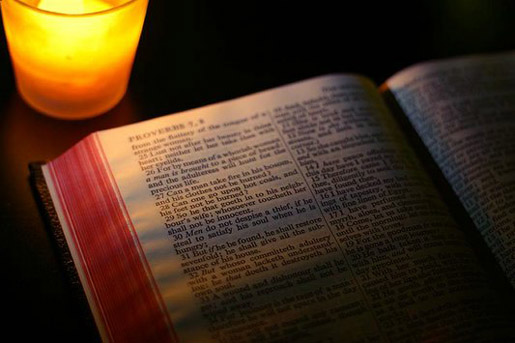
Sources: How stuff works
Madison McGuire
With the trend of facial shaving on the rise among women, many people have wondered whether taking off “peach fuzz” with a razor makes its subsequent regrowth faster and thicker. Shaving is an inexpensive and efficient method of hair removal. But some worry that shaving may increase hair growth. This has contributed to the popularity of alternatives like waxing, threading, laser treatments, electrolysis, and body sugaring. However, recent findings show “no significant differences in total weight of hair produced in a measured area could be ascribed to shaving.” Compared to unshaven hair, there is no reason to believe that shaving will result in thicker or faster regrowth.
Hair is tapered at the end, so when the tip is sliced, its perceived as thick stubble, but it will eventually taper again once it grows well past the surface. Hair is also affected by the environment. For example, newly shaven arms have not been exposed to sunlight and other factors that lighten the hair. In addition, facial hair is naturally more fine and delicate than body hair, so specific types of razors should be used to maintain facial fuzz and avoid irritation.
Only procedures that cause trauma to the follicle can affect the rate of growth, such as laser removal. Even though many people prefer to ditch the razor and undergo a more permanent method of hair removal, shaving will not result in “gorilla-like” regrowth as people once believed.
http://the.dermaflash.com/mythbusting-does-shaving-make-your-hair-grow-back-thicker-and-coarser/
https://www.refinery29.com/en-us/does-shaving-make-hair-grow-faster-thicker

